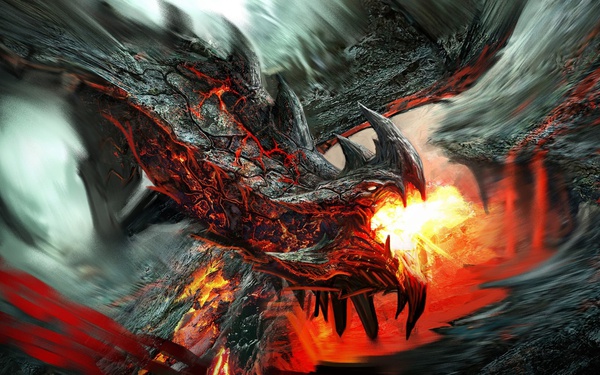Free jigsaw puzzles

Jigsaw puzzles are one of the most popular puzzle games. They consist of a flat image divided into many pieces of the same size. Before assembly, the pieces are shuffled, and the player's task is to reconstruct the image by arranging the fragments according to colors and textures.
The image can depict anything: a portrait, a landscape, a still life, an abstraction, or a scene from a movie or cartoon. The more colorful and detailed the image, the easier it is to assemble. Conversely, assembling monochromatic images takes the most time.
In English, jigsaw puzzle translates as "scroll saw puzzle" because puzzles were originally made by cutting hard materials with a scroll saw.
According to experts, assembling such puzzles develops logical thinking, attentiveness, and fine motor skills, as well as the ability to connect parts to a whole. Today, jigsaw puzzles are enjoyed by both children and adults and have become an integral part of our lives.
History of the game
The foundation for the invention of jigsaw puzzles in their modern form was laid by English cartographer John Spilsbury. In 1766, he created a puzzle from a geographic world map glued to a wooden base and cut into pieces along country borders. Spilsbury used this puzzle to teach his students, who had to reconstruct the world map from memory.
With the invention of scroll saws in 1906, the production of these puzzles (then called dissection puzzles) became much easier, and they began to be known as jigsaw puzzles. The word jigsaw means "scroll saw" in English. Initially, jigsaw puzzles were not used for entertainment but as educational tools. The puzzle pieces had no interlocking edges and were placed inside a frame on a solid base of corresponding dimensions.
By the early 20th century, jigsaw puzzles had spread widely in England and later in the United States, where they entered mass production. Instead of expensive and difficult-to-process wood, soft and flexible cardboard began to be used. In 1909, the first factory in the United States was established to produce jigsaw puzzles with interlocking pieces in a form similar to the modern design.
Despite a century passing, the general manufacturing technology remains the same: cardboard sheets with printed images are cut into multiple pieces using a press die, while the more expensive wooden varieties are cut with an electric scroll saw. In the past, this work was done manually, but today, high-precision CNC machines complete the task using pre-designed templates and matrices.
Interesting facts
Since the introduction of the first jigsaw puzzles just over a century ago, they have gained worldwide popularity and have accumulated numerous fascinating facts and records.
- The world's largest jigsaw puzzle was created in Dubai in 2018. It depicted Sheikh Zayed bin Sultan Al Nahyan, the founder and first president of the United Arab Emirates. The puzzle covered more than 6,000 square meters and consisted of 12,320 pieces.
- The jigsaw puzzle with the most pieces was made in Vietnam in 2011. It contained 551,232 pieces. When assembled, the puzzle measured 14.85 × 23.20 meters. The assembly was completed by 1,600 students from Ho Chi Minh City University of Economics in 17 hours.
- The smallest jigsaw puzzle was produced in Italy in 2022. Each piece had an area of less than 0.36 cm². The assembled puzzle measured 6.5 × 5.5 cm and consisted of 99 pieces.
- The fastest completion of a 1000-piece jigsaw puzzle was recorded by Sara Mills at the UK Championships in 2018. She completed the puzzle in 1 hour and 52 minutes, earning a place in the Guinness World Records.
- The most expensive jigsaw puzzle ever sold was auctioned at The Golden Retriever Foundation in 2005 for $27,000. It was handcrafted from natural wood, consisted of 467 pieces, and depicted cats, birds, horses, and dogs.
- The largest registered jigsaw puzzle collection belongs to Luiza Figueiredo from Brazil. She owns 1,047 different puzzles, with her first one purchased in 1967.
It is difficult to say what exactly attracts collectors and enthusiasts to such a simple game like jigsaw puzzles in the 21st century. Despite the vast variety of board games and video games, jigsaw puzzles remain highly popular and in demand.
Unlike in the 20th century, jigsaw puzzles can now be assembled not only physically but also on a computer or mobile device screen. The largest online jigsaw puzzle, presented in the United States in 2020, included 1.2 million pieces, and this is far from the limit. For those who prefer easier challenges, standard puzzles with 50 or 100 pieces are available.
Solving jigsaw puzzles online is an enjoyable and beneficial activity. Knowing the rules will help you complete the puzzle effortlessly and spend quality time.







